The New American Dream Is Sponsored by Meta: ANA VIKTORIA DZINIC
|Claire Koron Elat
Almost a year ago, the accused crypto fraudster Sam Bankman-Fried declared: “I’m very skeptical of books. I don’t want to say no book is ever worth reading, but I actually do believe something pretty close to that. I think, if you wrote a book, you fucked up, and it should have been a six-paragraph blog post.” The logical conclusion of this line of thought is that only 15-second TikTok videos or three ten-second-long Instagram stories are worth making to convey your message to the world. In an age where fugitive image influencing is more lucrative than producing long-form word content, the vibe has shifted towards rapid images instead of lengthy theses (you can watch the synopsis as a two-part TikTok video).
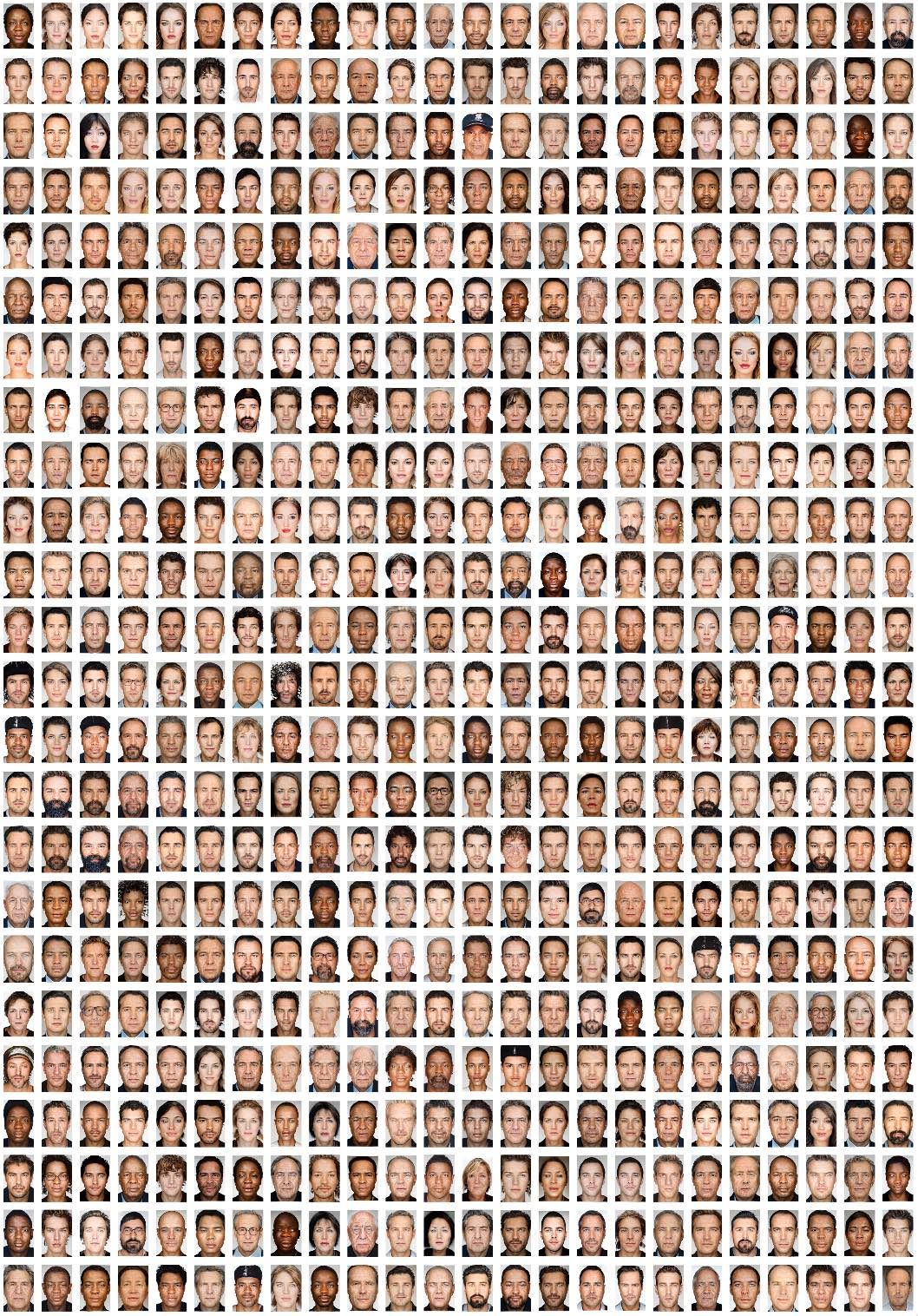
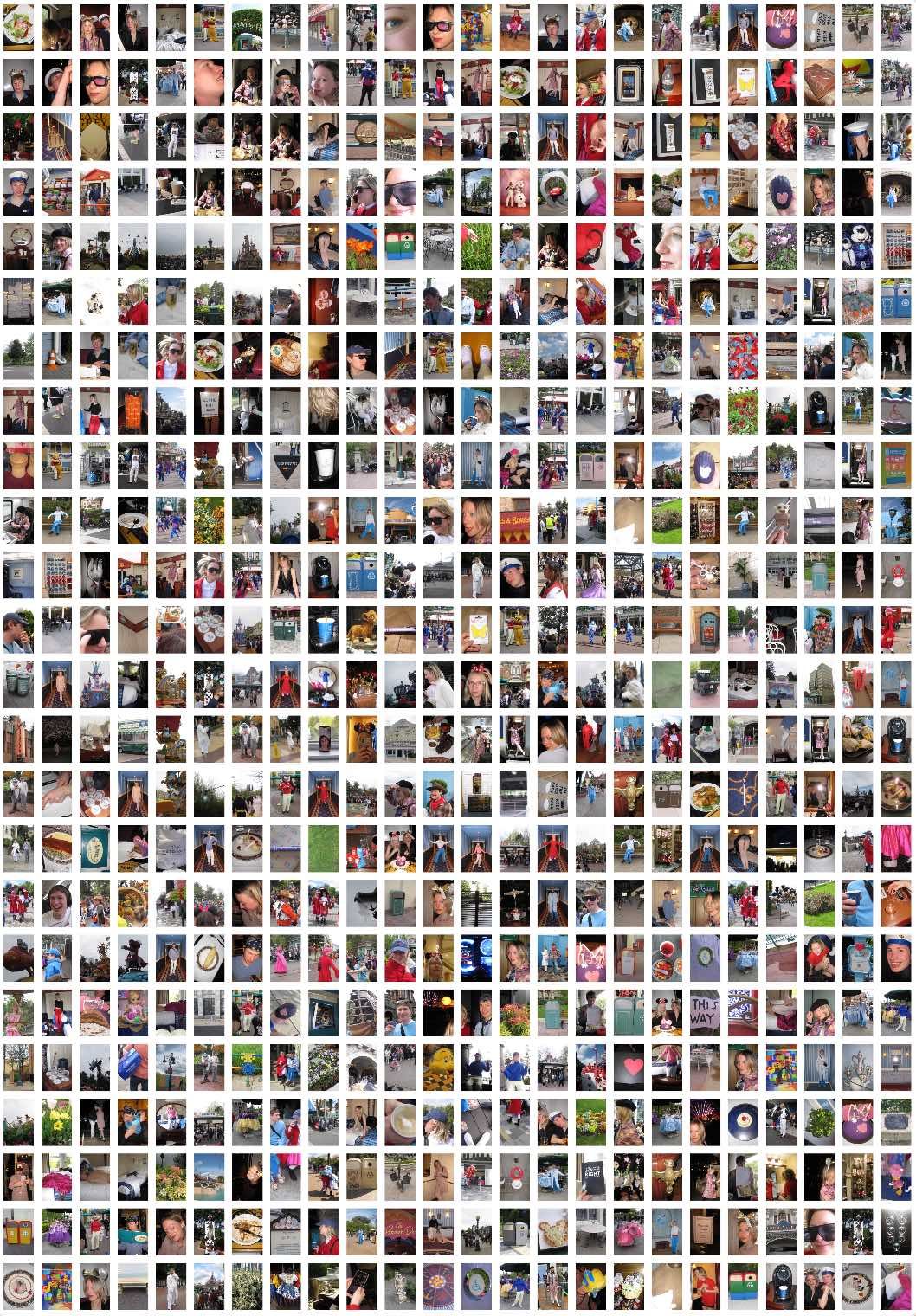
Artist ANA VIKTORIA DZINIC investigates this form of contemporary content production, negotiating concepts of image, subjectivity, and symbolic circulation. She explores the slippages and discrepancies around image making, predominantly through photographic paintings and installations. Dzinic, who grew up in Switzerland as a working-class migrant and transgender woman, often relates the image distributed by the media, brands, and cultural entities to her own identity, questioning the correlation between self and image as well as filtered and reality. This is often done through seemingly mundane readymade objects that are used in “real” advertising. For example, in her photo-painting series “Image, Affect, Syntax,” the artist imitates an exaggerated Instagram grid. What has been cynically curated here is a stack of images that fit within a certain aesthetic sensibility—comparable to Instagram influencers curating their feed. She thereby proves that image making not only relates to the production of the picture but even more to the post-production processes that happen after “you got the shot.” In conversation with CLAIRE KORON ELAT, the two discuss the new American (influencer) dream, transitioning from professional to amateur, and wearing fake Gucci, Brandy, and Ottolinger versus fake Gucci and LV and some Lulu Lemon leggings.
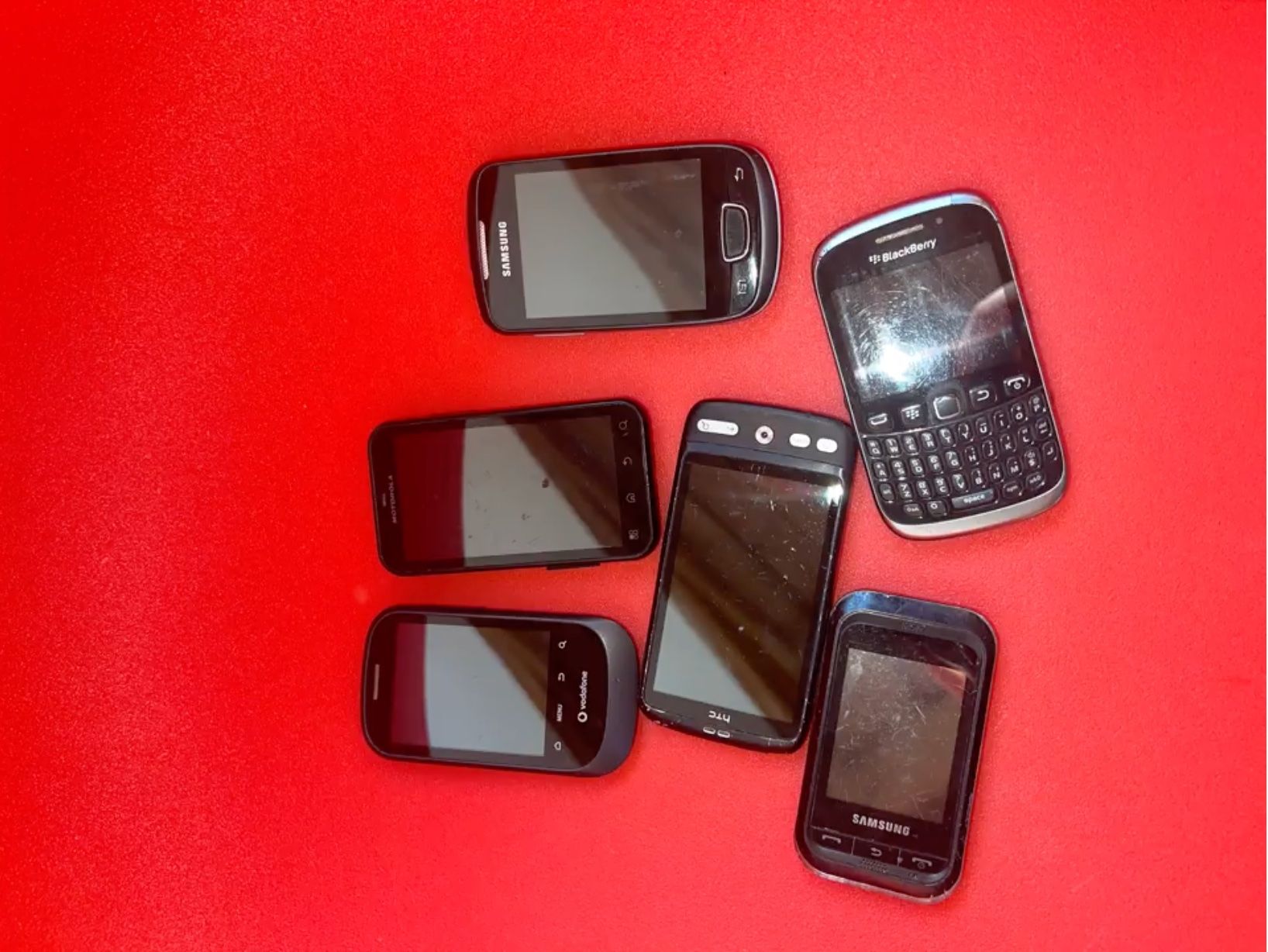
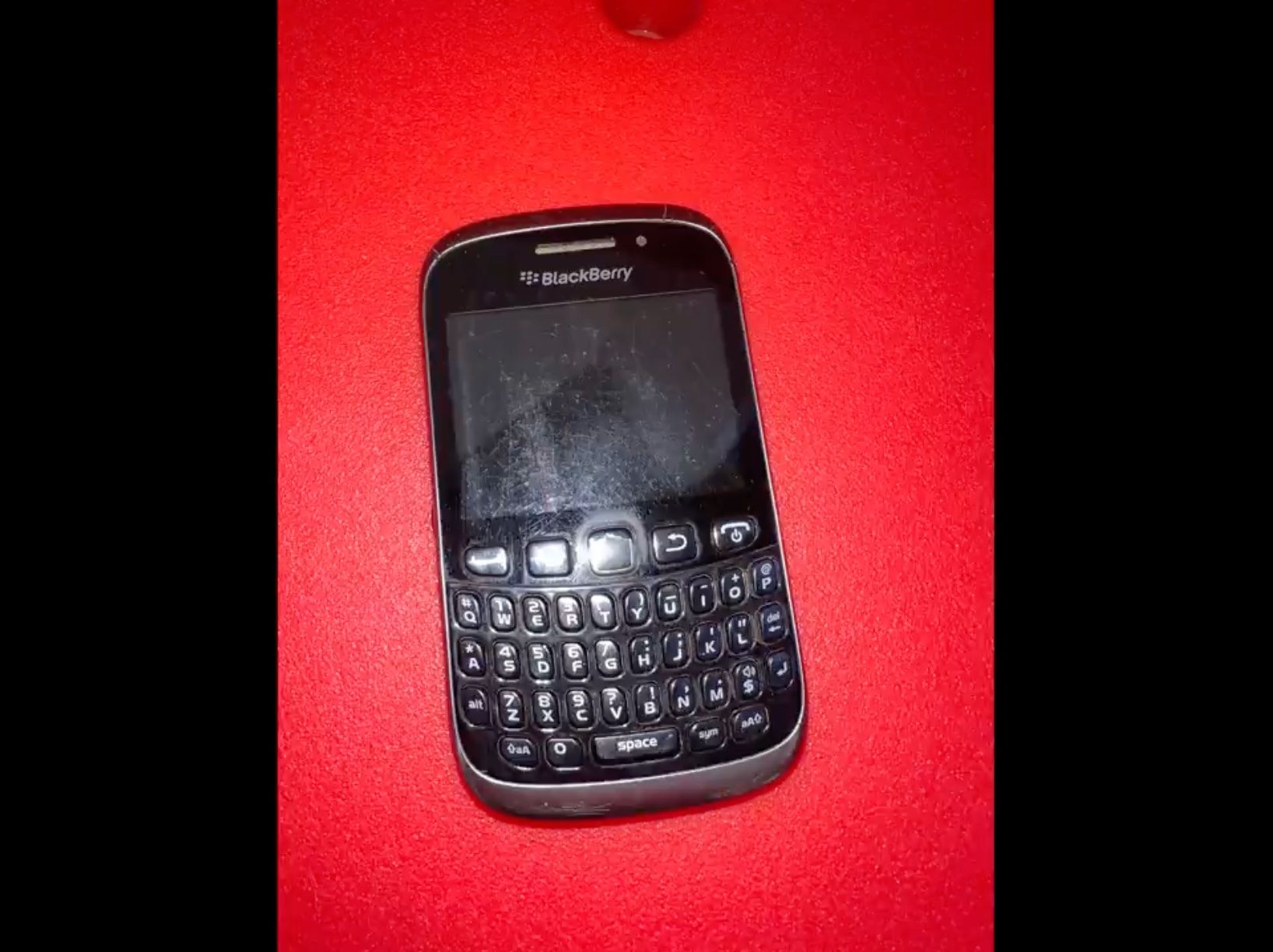
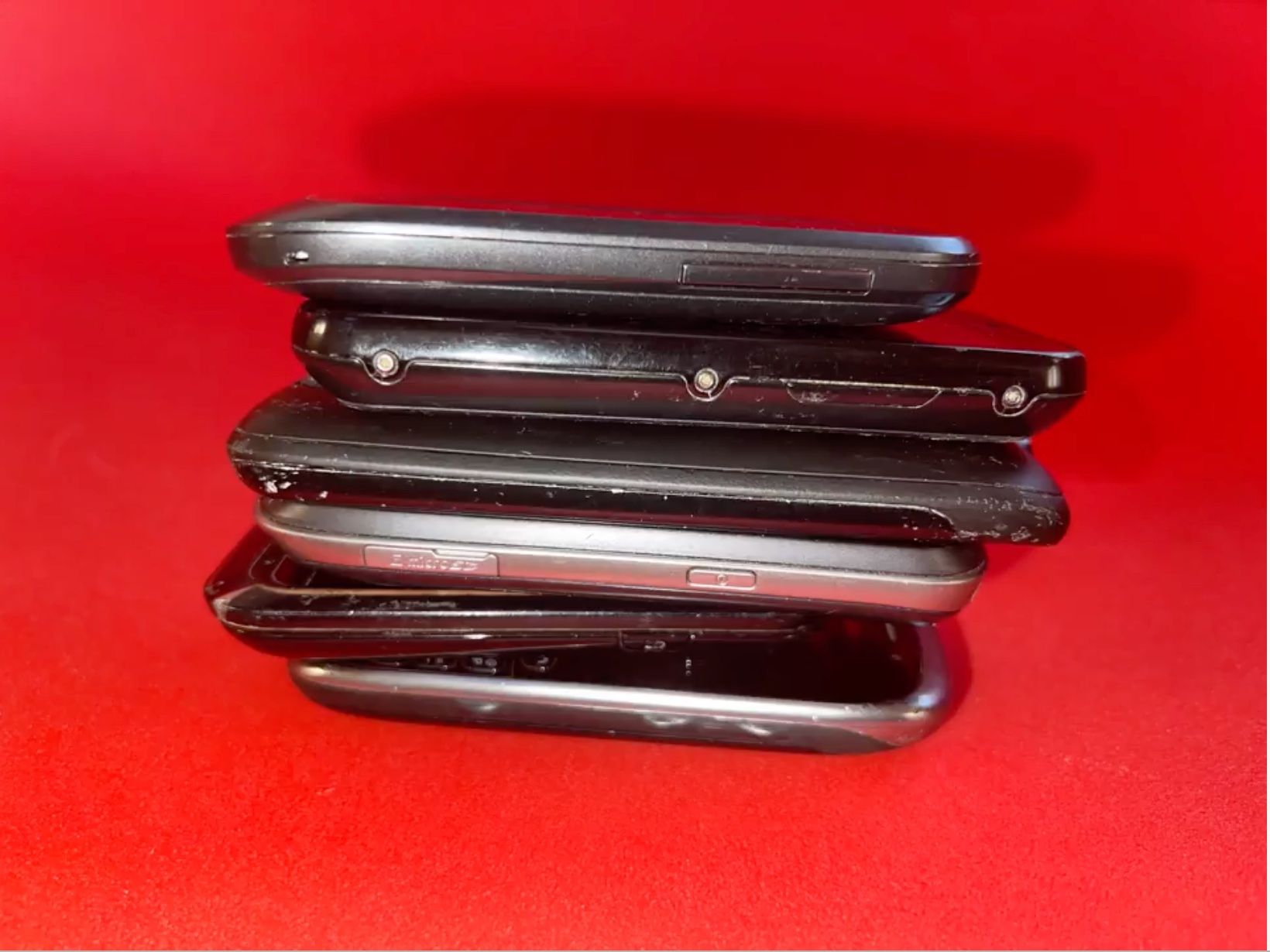
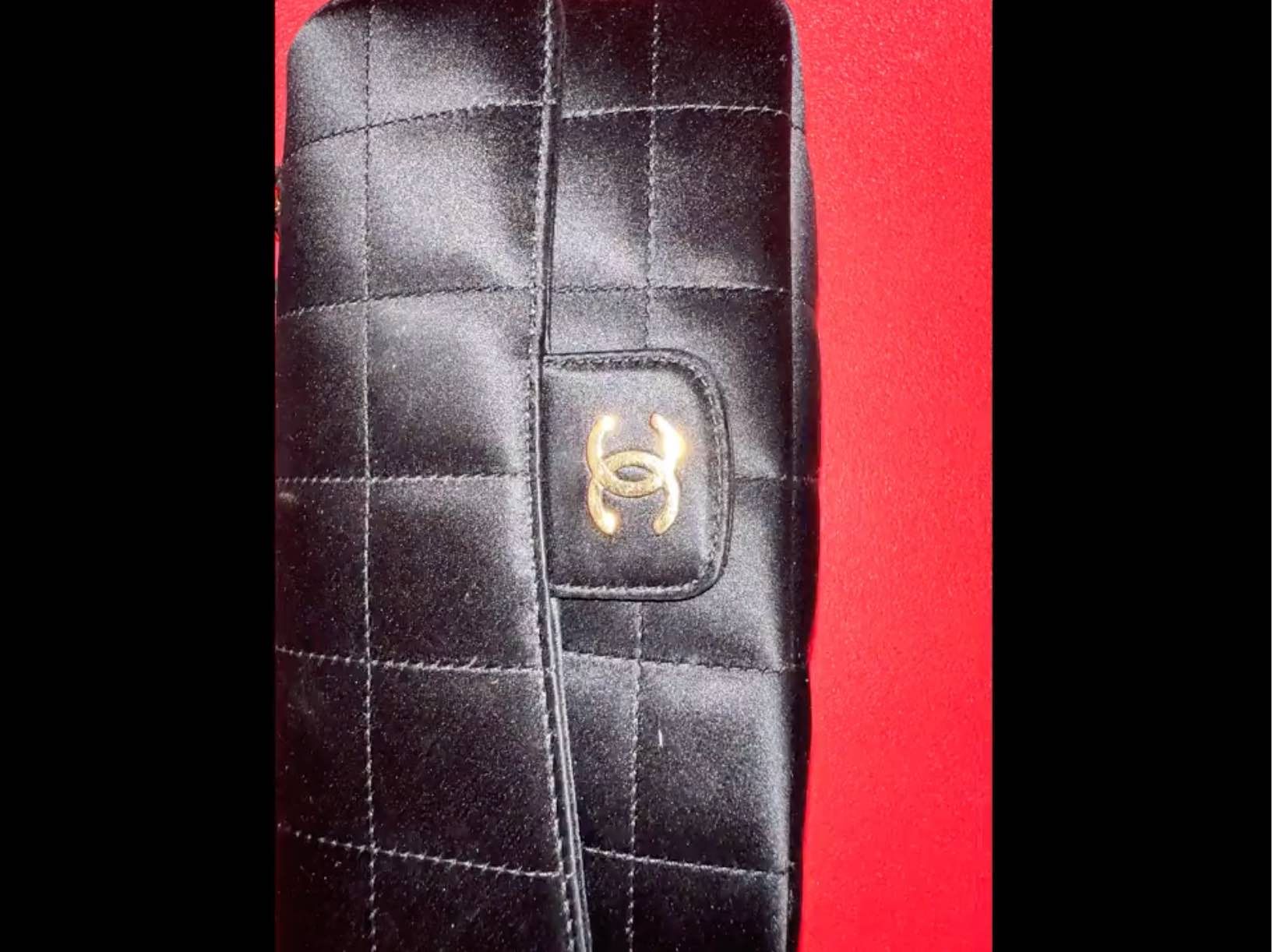
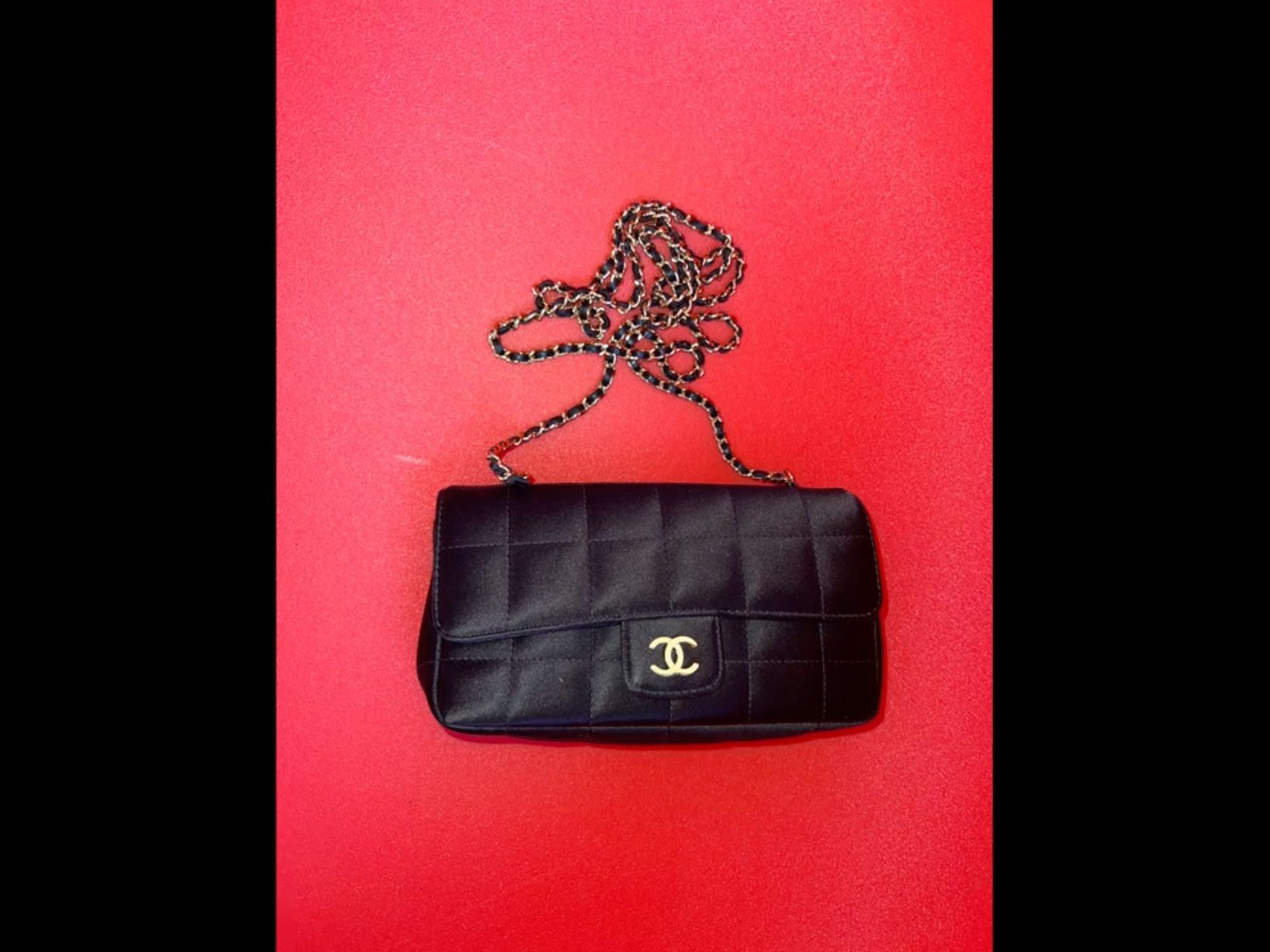
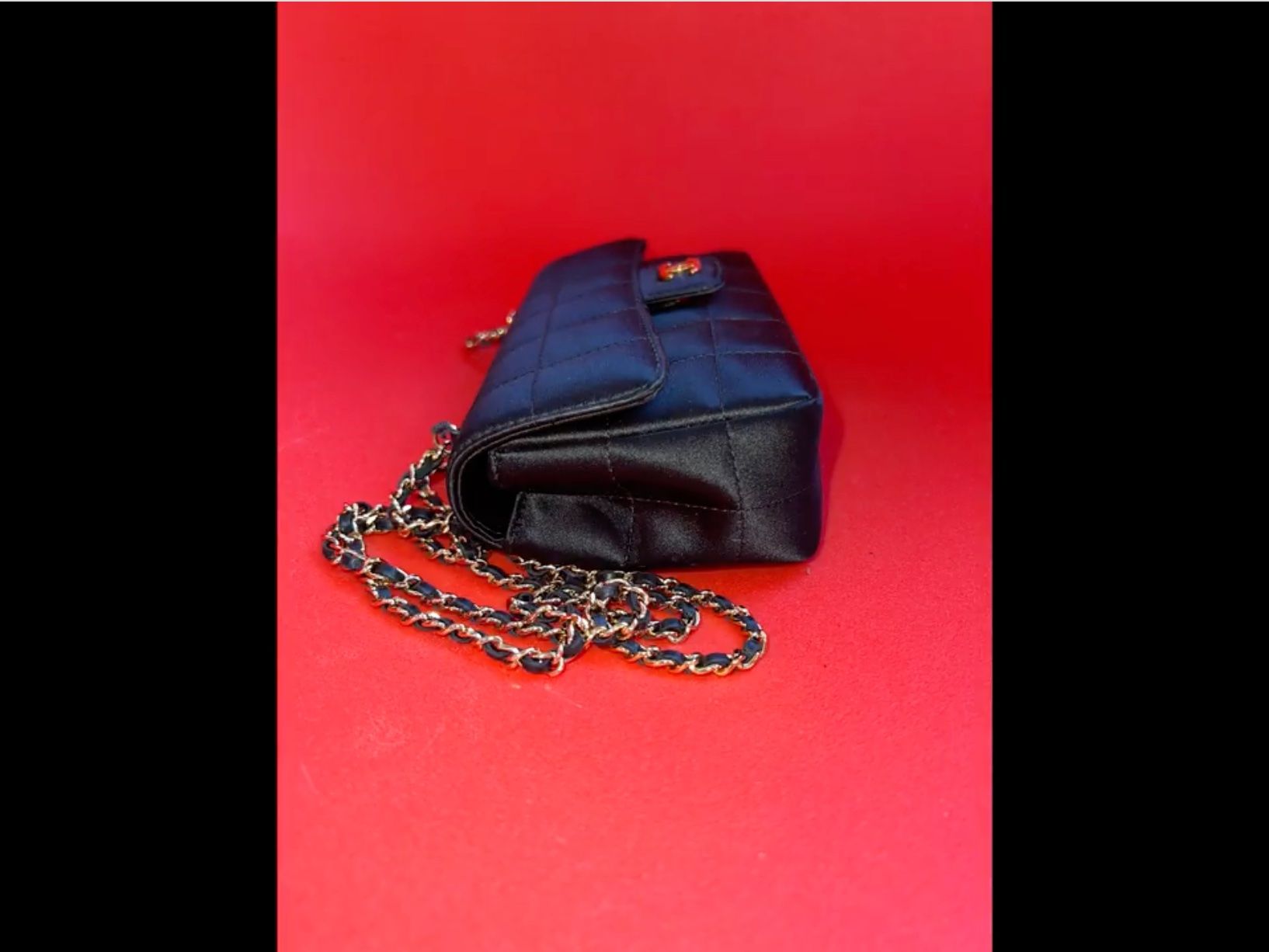
CLAIRE KORON ELAT: If you think about the vibe shift, it feels like the term has become the trend itself. It’s not about the objects or phenomena it’s describing anymore. We’re at the meta level of the vibe shift.
ANA VIKTORIA DZINIC: The vibe shift is the trend, and, in a way, it informs my approach to photography. I see the production of images as something that must serve a purpose, something that resembles the trend or collective—rather than focusing on individual authorship. One needs to understand that the trend is the original image, existing as a network of things—communication, PR, affect, context, and information all together. One could also look at it as a rhythm or choreography.
CKE: And who is an image maker today? The ambiguous threshold between professional versus amateur image makers has become the status-quo.
AVD: I guess everything revolves around the concept of the prosumer—the blending of the producer and consumer—in the age of technology. Think about iMovie and YouTube vlogging as well as iPhone and Instagram content creation. The mediatization of individuals is inherent in everything. Capcut is equally as iconic as Adobe Final Cut Pro. Every teenager now has the tools to become a master editor.
Given the power of social media, it is relatively easy to maintain that everyone is a photographer. So, I think it’s more interesting to ask: how good are you at creating viral moments, attention, and collective affect? For many people, the codes of amateur photography are merely used as aesthetic tools rather than as a technique.
CKE: And then there is also a clear development where actual professionals emulate amateurs or the images that you would expect amateurs to produce to make it more accessible or relatable.
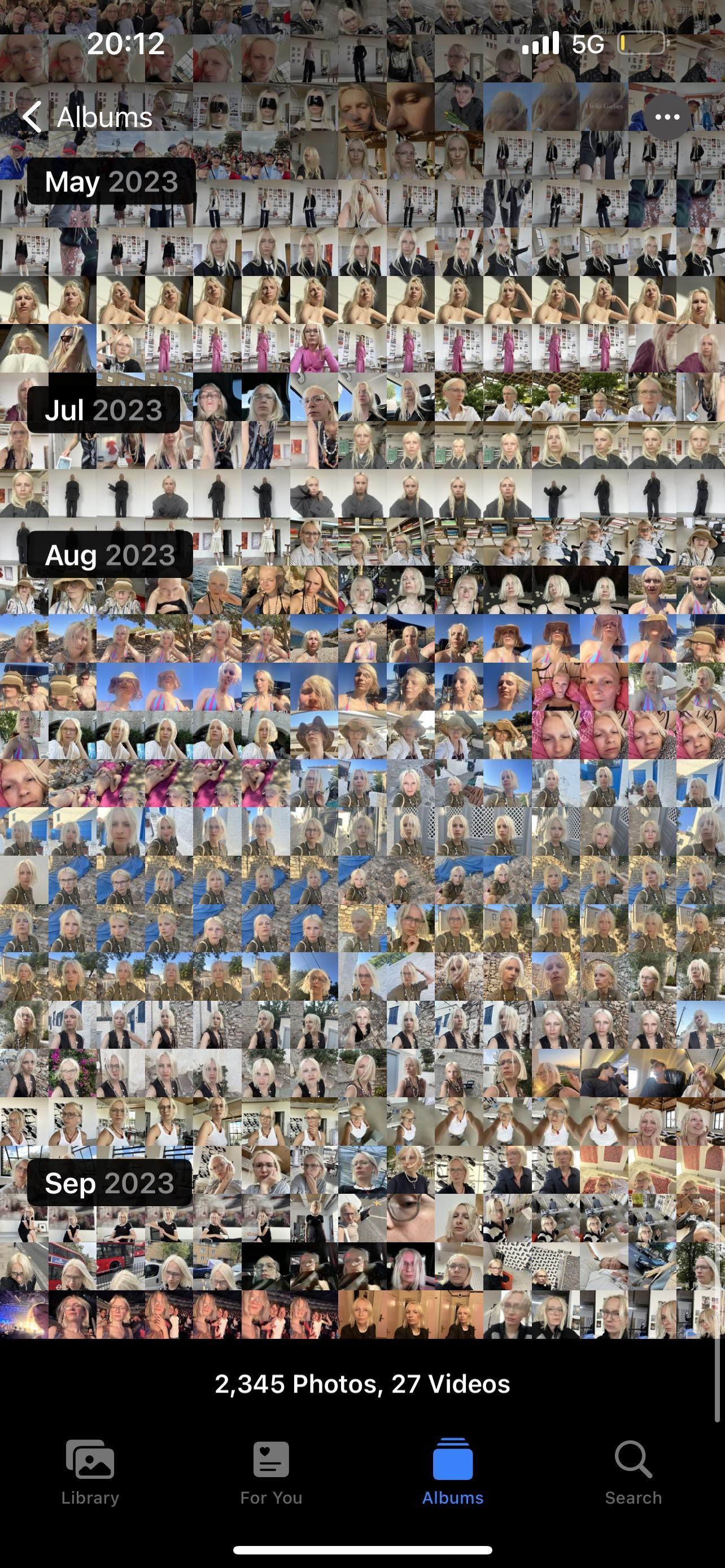
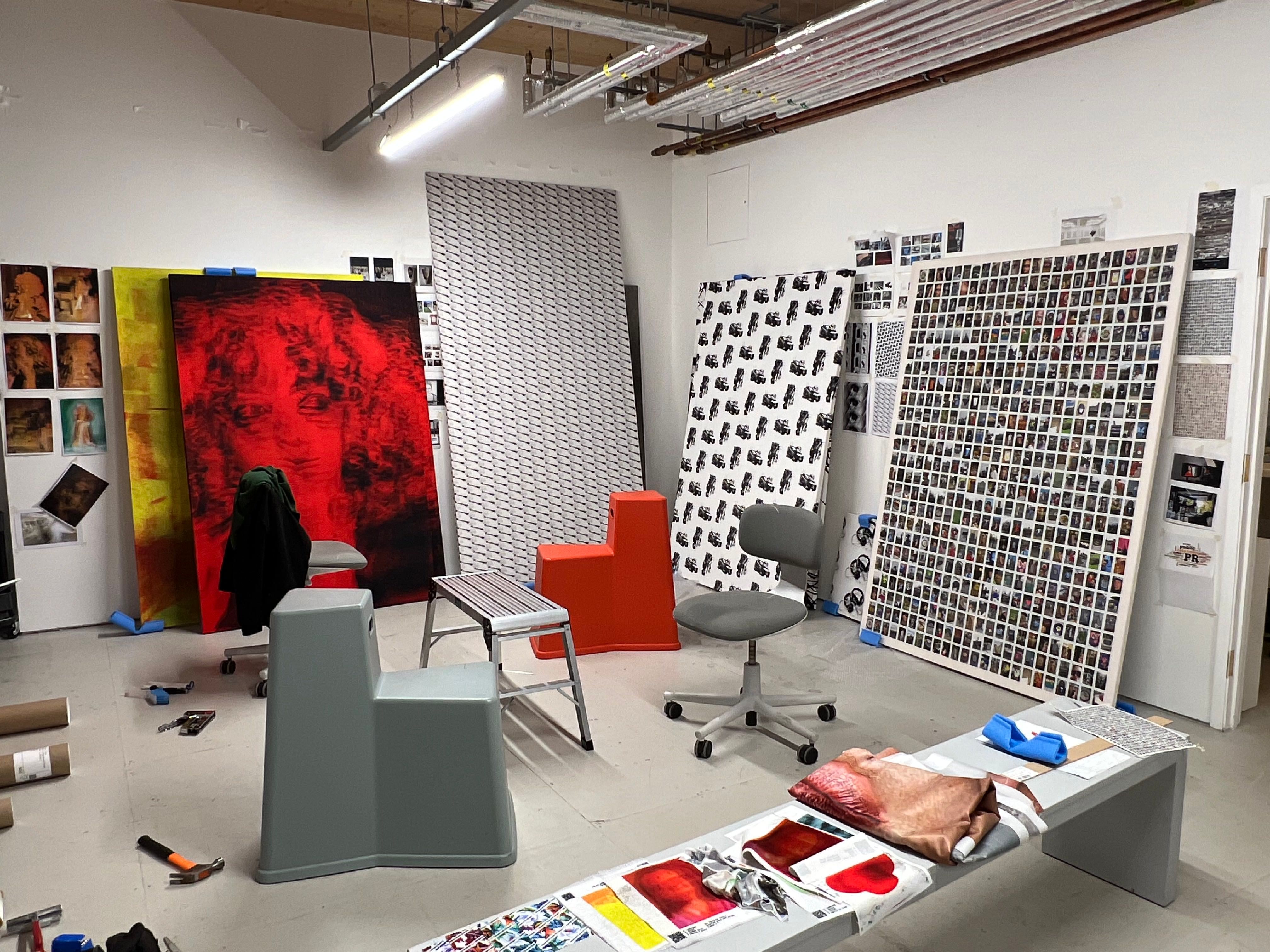
AVD: Everyone got kind of bored of normal advertising, and it became super cool to be low-key. Professional image making processes then mimicked meme style images. It became the norm to be Lo-fi and mysterious on Instagram and TikTok, an aesthetic that peaked between 2017 and 2020. This was when Balenciaga did all those Lo-fi things. It was all about the style of the poor image, produced with the capital of professional infrastructure. Then there was a backlash after the pandemic where Lo-fi lost its avant-garde positioning, and slick professional videos that had a “cinematic approach” came to the fore. Now we are in a world where both of them have merged, and you need to do both at the same time and oscillate between Lo-fi/ Hi-fi, professional/casual, strategic/careless, and mysterious/accessible.
CKE: I think these shifts from Lo-fi to sleek are also related to the time when being an influencer became a real job that requires a professional team.
AVD: Totally. I find the case of Emma Chamberlain very interesting. She literally paved an entirely new genre of iconography and zillenial career goals. Her vlogging career started out as somewhat lol, and yet it has evolved into a multi-million-dollar business, mastering the production of consumer products, brand deals, and media outlets.
Taylor Lorenz calls it the revitalization of the American Dream. The internet can make you a millionaire if you are clever, work hard, and know how to mediate the right moments.
CKE: To me this revival of the American Dream is as illusory as ever. Many of the influencers who have become super successful come from a financial background that allows them to experiment. I recently stumbled upon this documentary about the “New Millionaires in Germany,” which included one of the Elevator Boys from TikTok. He said that he makes around 100k a month now but acknowledged that he was able to reach this point because his dad works in investment banking.
AVD: On paper, people get rich through image making on the internet, but it is not an egalitarian or democratic process. The old truism that wealth generates more wealth is still true. Some people do get lucky, but they represent something like 0.01 percent. But like any good Hollywood narrative, they are disproportionately highlighted. This produces a false narrative about a new American Dream—sponsored by Google or Meta.
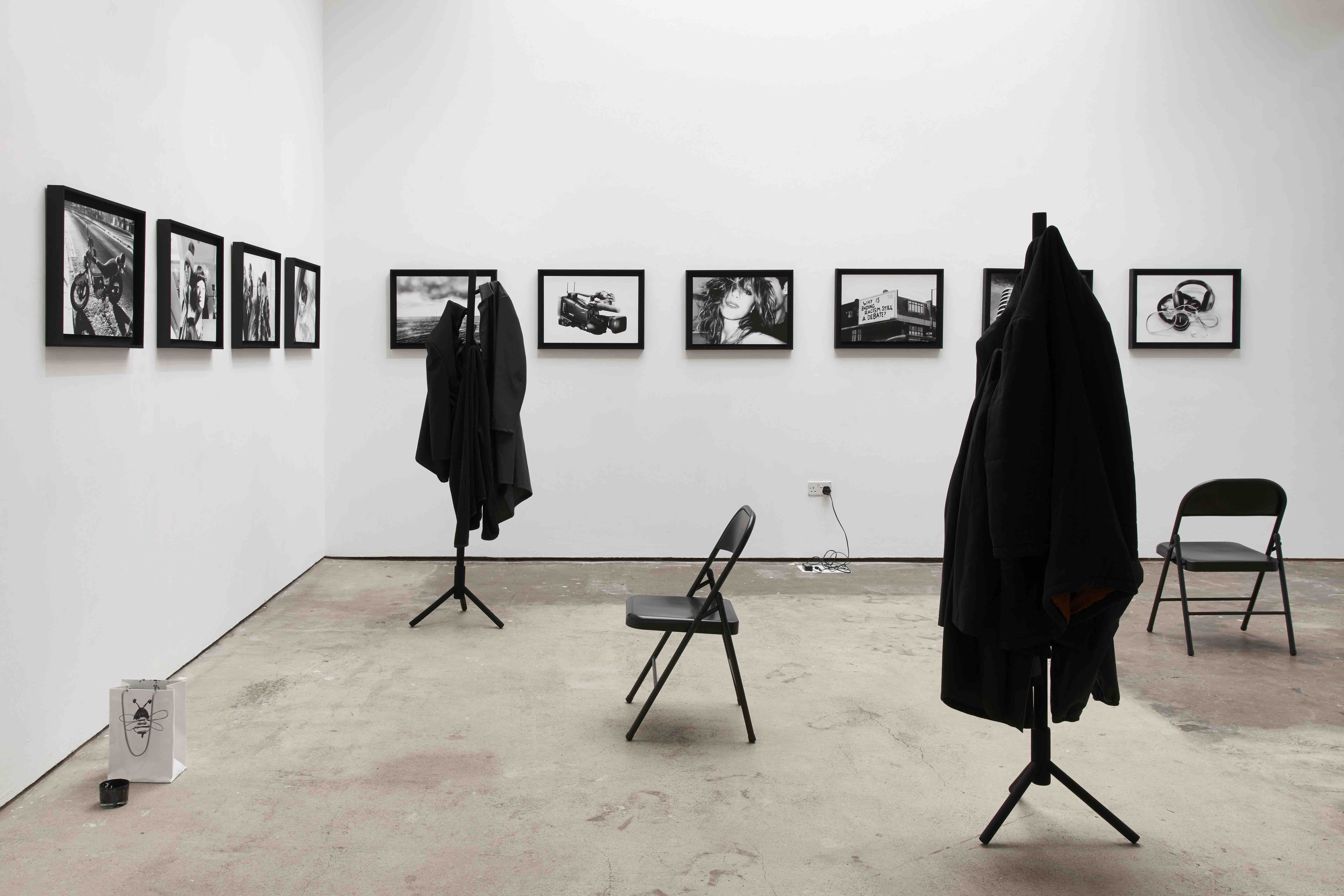
CKE: What do you think is the difference between image making as an artist versus a brand, magazine, or user?
AVD: For a magazine and brand, you want to create as many connection points as possible in the service of hype and media recognition. As a consumer, you primarily just want one person or a specific audience to appreciate you, let’s say your crush or friends. It’s much more targeted. Of course, some magazines and brands act like consumers in an effort to mimic this style, and some consumers will act as brands, yet I feel this is rarely done well.
As an artist, you also crave hype and recognition, but one needs to be careful because being hyped comes with the possibility of failure. For artists, this can be terminal. Hype always needs to be part of a healthy mix, negotiated between “if you know, you know” and “art for everyone.”
CKE: You mentioned the concept of the poor image by Hito Steyerl. As we live in an age where it isn’t necessary to create original content anymore, are these low-res images the rich images of today?
AVD:I made an entire work-cycle about the poor image no longer being poor, which I called “Real, Economy, Vital, Ana Vik.” Essentially, with the rise of user generated images, low-res images are no longer a critique of capital production but rather an aesthetic form that has been co-opted by capital. This means that there is a new nest of aesthetic images that use the formal qualities of the poor image: low-res, seemingly casual settings, amateur-esque, nonchalant, but with the means of production of the rich image. Members of staff, research, storyboarding, infrastructure. This methodology is then being weaponized as a form of disinformation within internet networks.
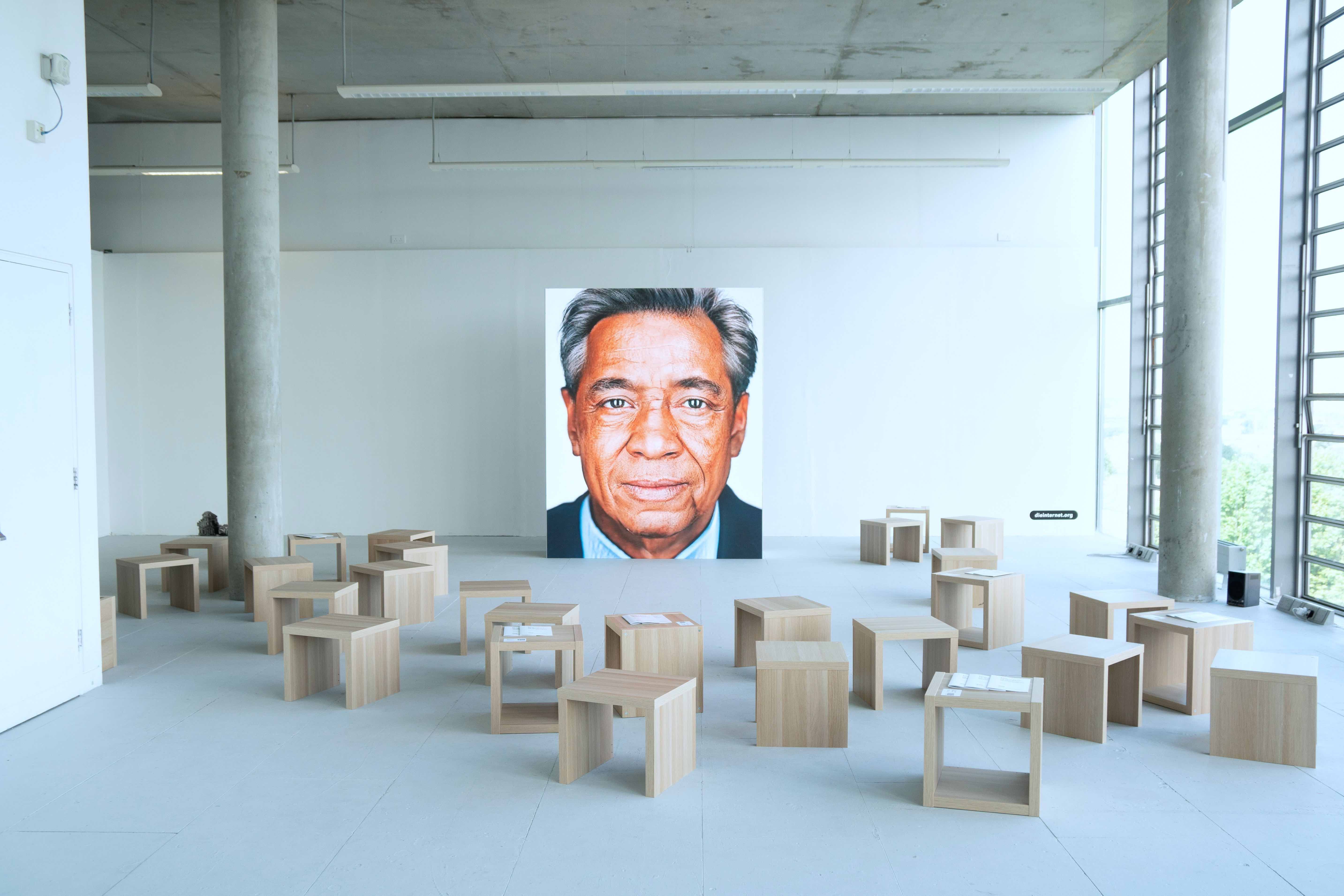
I think no one trusts a single image anymore, but rather the cohesiveness between multiple points of evidence.
CKE: But you also don’t trust high-res images because that’s where you have all the traditional ways of editing.
AVD: I think there is no trust in anything anymore. Everything is up for grabs and fuel for entertainment. I think the only emancipatory usage of images is to remix them all to deliver an iconic story or show.
But images are still powerful if they are used to tell a story. It’s not that one image on Instagram blows me away, but rather the entire grid, or the persona. How much a person actually keeps up the world building with a 360 immersive narrative.
CKE: And the user knows that all of this is staged and fake, and yet wants to believe in this dream you mentioned earlier. It plays into the idea that authenticity is, if we’re honest, out. You don’t need to be authentic anymore. If you wear a fake Gucci bag, it is a critique of the system, not necessarily a tacky move or a cry for being perceived as rich. You decide not to spend 2k on a bag that’s materially not worth the money, and instead choose to mock it.
AVD: You used to be able to judge a person’s character based on the way they looked. You would know if the person was conservative or liberal, for example. As said before, authenticity is off the table and no longer feels relevant. Instead, the focus is on styling that includes subliminal messages and contradictory statements. So, when you wear a fake Gucci bag, a Brandy Melville top, Ottolinger pants, and some vintage piece, everyone knows you get it. If you wear a fake Gucci bag, some Lulu Lemon tights, and fake Louis Vuitton sliders, it is trickier. It is the collaging of all these elements that is crucial.
CKE: Regarding the Gucci bag, when Balenciaga and Gucci did the hacker project, the high-priced original bags looked like fakes. They were basically trolling themselves.
AVD: I can imagine they probably brought the fake into the studio, and everyone was like, “Let’s do this one, let’s accelerate this.”
CKE: What do you think image making will look like in the future?
AVD: I am not sure, and I am careful with predictions, but: nothing ever really dies out. It will have different hype cycles that gradually stop being linear. There was a moment when trends were very sequenced; You had the 80s, 90s, and 2000s. Now, with the internet, trend cycles that used to last a couple of years have turned into one year, six months, three months, two months. Now it’s a week, and especially with AI, we have an infinite supply of data to manufacture desire. But you still need to know which one is the cool item or image or product. It's all about curation. So, the image maker of the future will probably be the person who has the most highly sought-after taste and always gets it right.
Credits
- Text: Claire Koron Elat
Related Content
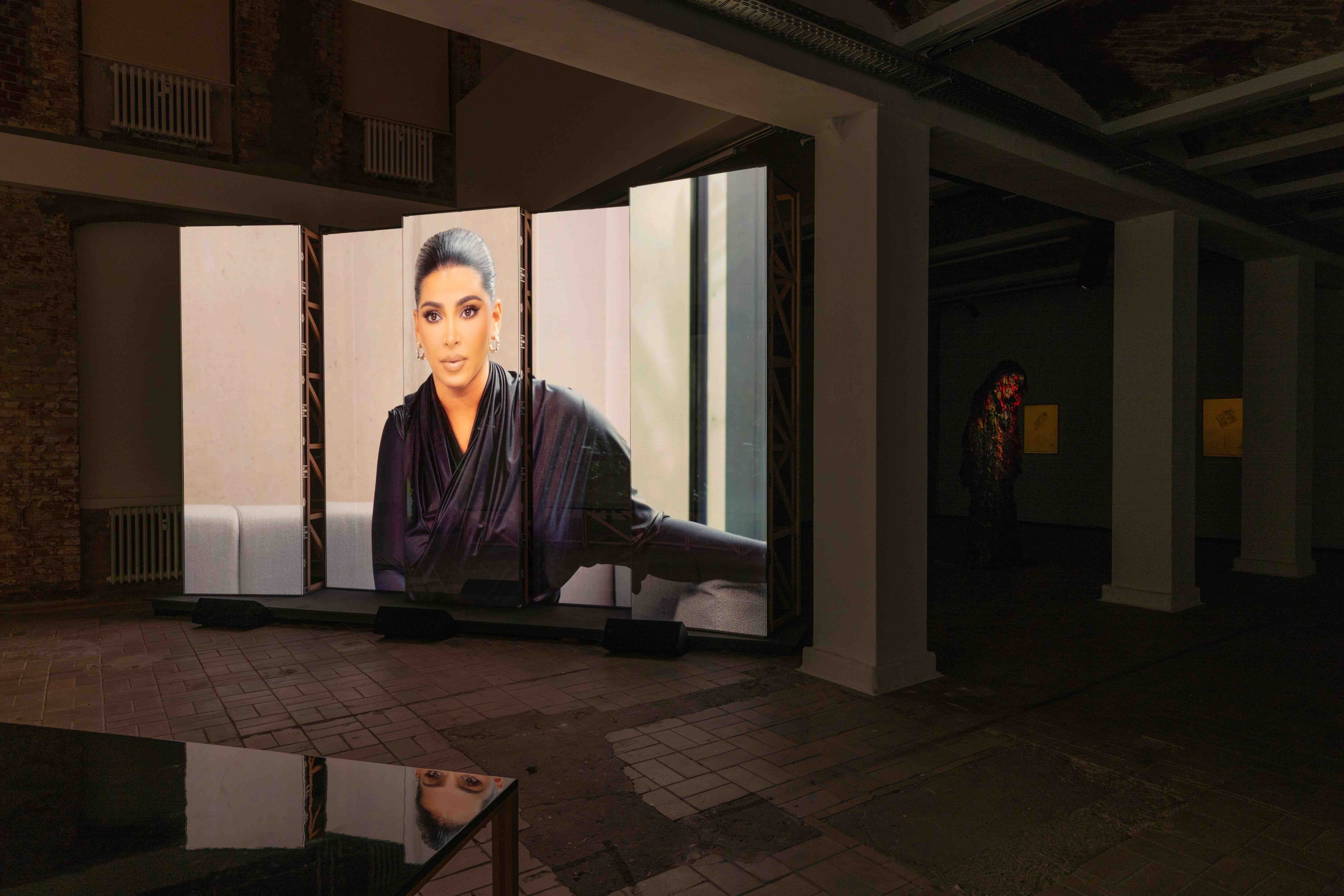
INVENTING KIM KARDASHIAN: CHRISTOPHER KULENDRAN THOMAS
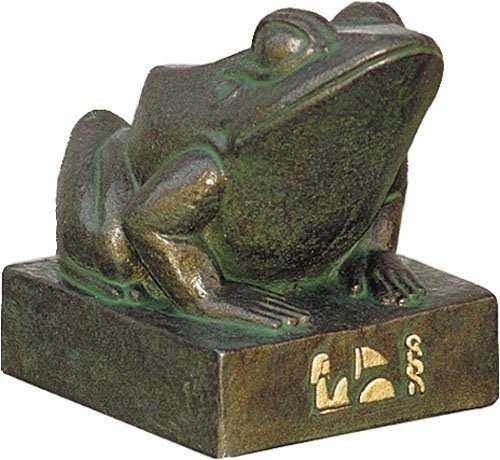
Weaponized Irony: A Roundtable on Trolling and Politics

Selling leggings at artmonte-carlo: MOHAMED ALMUSIBLI
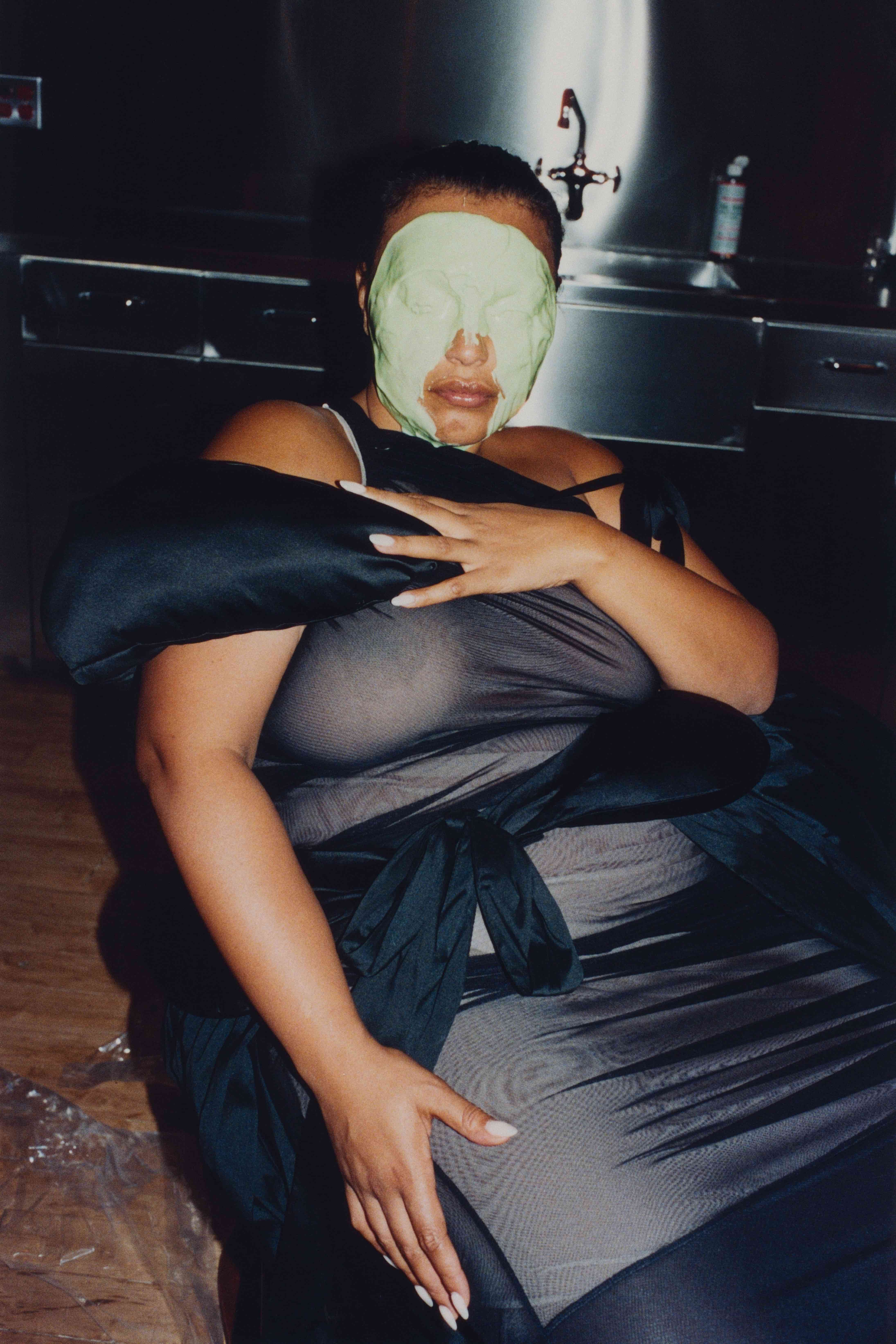
What Future Do We Crave?: KATHARINA KORBJUHN’s Paradigm Trilogy

Love in the Time of Prompting: SHUMON BASAR and Y7’s CORE+LORE
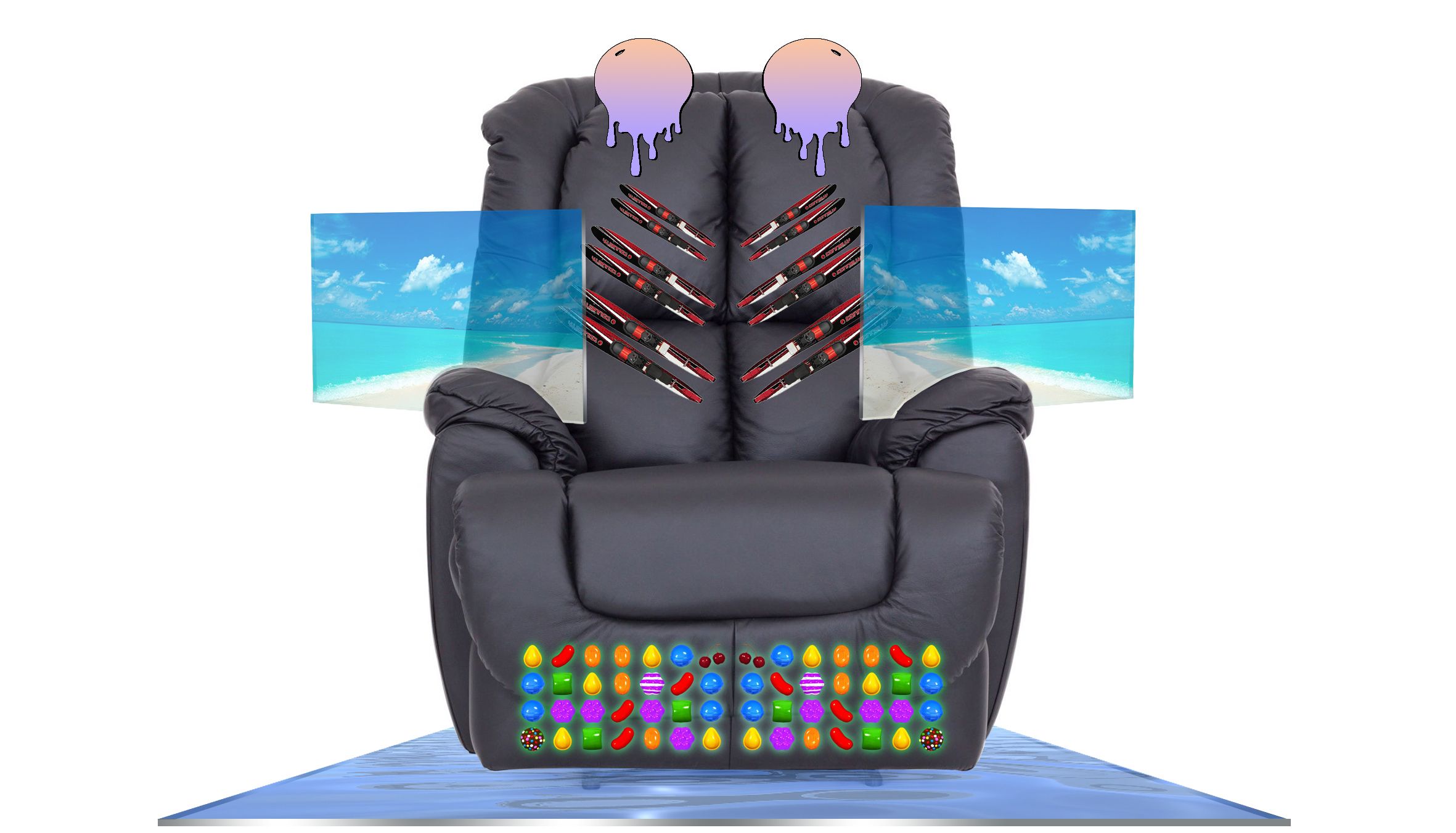
As Rich As It’s Void: The Museum of Post Digital Cultures
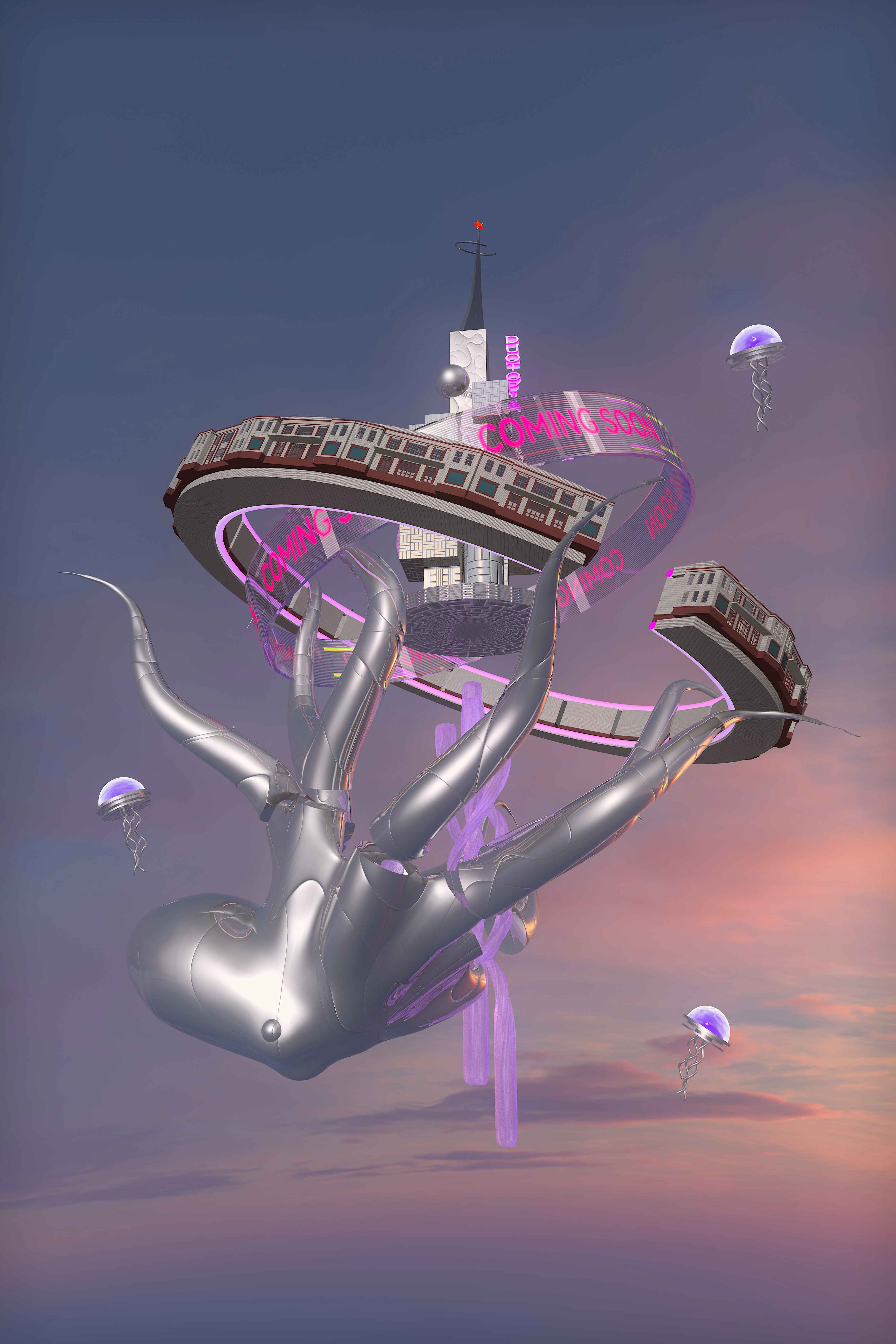
CAO FEI’s Digital Paradigm Shift
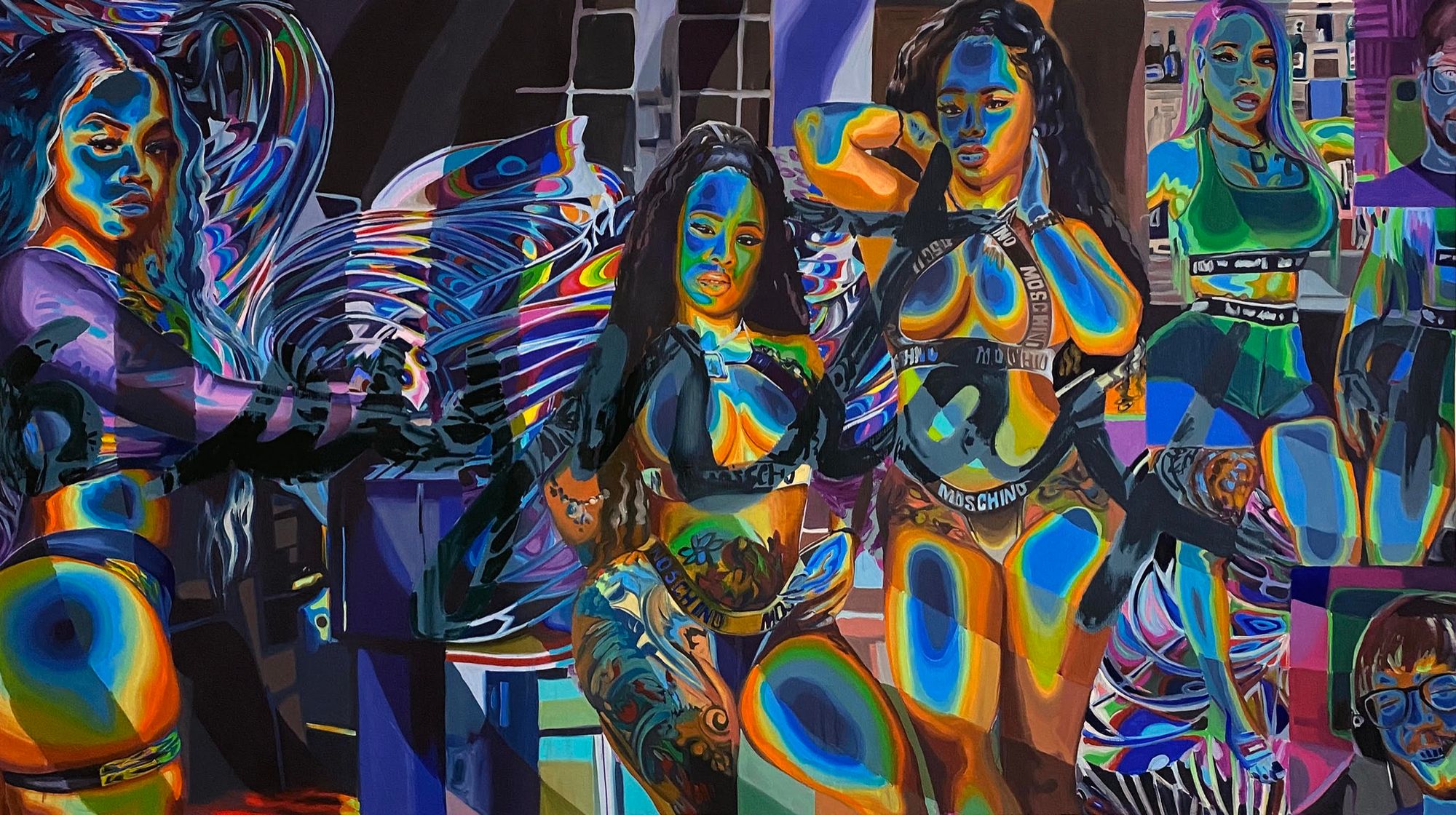
Coded Images: CAITLIN CHERRY on Bodies, Access, and the Interface